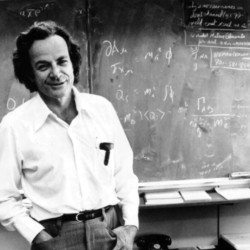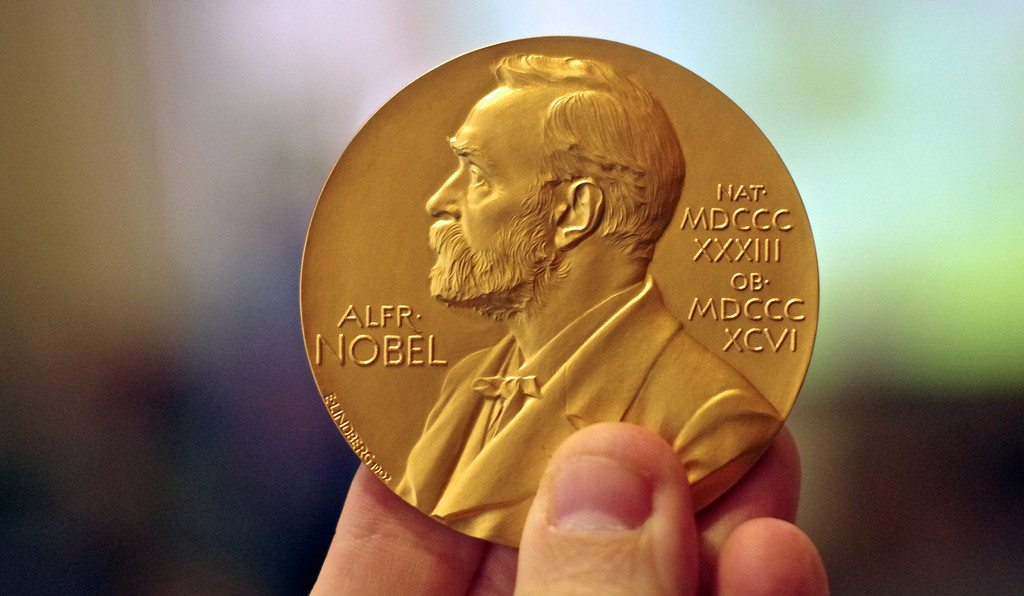Who won this year’s scientific Nobel prizes?
This week marked arguably the most important occasion in science’s annual calendar. Over the course of the last couple of days the 2016 Nobel prizes in Medicine and Physiology, Physics and Chemistry have been awarded to unsuspecting researchers around the globe. All recipients have conducted ground-breaking research in their respective fields that will have amazing implications across all scientific disciplines. Here’s our round-up of this year’s winners.
The first Nobel Prize to be was awarded was in Physiology or Medicine and was received by Yoshinori Oshumi, a Japanese biologist who has researched extensively into the process of autophagy for a number of years. Autophagy is a procedure by which cells undergo the controlled degradation of defective, unneeded or damaged material from themselves before recycling it.
Oshumi’s studies involved finding ways to observe this process in yeast cells, as well as identifying the gene responsible for autophagy within them. Oshumi’s research even stretched far enough to prove that a similar process takes place in human cells, which is both an interesting and mildly terrifying concept.
Oshumi’s studies involved… identifying the gene responsible for autophagy
Next up was the prize in Physics, given on October 4 to three British-born scientists, each of whom share a part of the £718,000 prize. The trio, consisting of David Thouless, Duncan Haldane and Michael Kosterlitz received the award for their studies into the topological phase transitions and phases of matter, with Thouless claiming half of the award to his name.
For those of you who are not Nobel Prize winning physicists, topology concerns the mathematical study of objects that can be continuously deformed without breaking them. Topologists describe these as objects with set numbers of holes – an example being the difference between a ring doughnut and a cinnamon bun. Aside from being tasty to eat, these provide a useful analogy for the physicists’ work which includes the transition of super-cooled liquids into superconductors through the presence of tiny whirlpools, which change property dependent on the number of openings they have.
Aside from being tasty to eat, these provide a useful analogy for the physicists’ work
The final scientific Nobel prize released this week was in chemistry- awarded to Jean-Pierre Sauvage, Sir Fraser Stoddart and Bernard Feringa, who join the ranks of the 171 elite who have been awarded this prize since 1901. They were recognised for their ground-breaking research – “for the design and synthesis of molecular machines”. The work is thought to have been inspired by the Nobel prize winner Richard Feynman who first suggested the possibility of small machines made from atoms in 1959. Following this, in 1983 Sauvage created free, mechanical bonds to replace rigid covalent ones in molecules, and Stoddart constructed the first molecular wheel in 1990. Since then Sauvage, Stoddard and Feringa have made amazing progress in this area, managing to build motors, switches, cars, and even muscles on a molecular scale.

Richard Feynman first suggested the possibility of atomic machines in 1959. Image: Gianca97 / Wikimedia Commons
This area of study is definitely one to watch, with another contender for the Nobel prize ‘CRISPR-Cas9’ using ‘molecular scissors’ to cut and replace DNA, and therefore having important uses in the treatment of genetic diseases. There’s no doubt the work of Sauvage, Stoddard and Feringa will also affect many other areas of the scientific community. In the future, this research could lead to applications in drug delivery, where treatment can be administered directly to cancer cells; self-healing materials and infrastructure; energy storage and sensors all on the microscopic scale.
This year’s Nobel prizes have highlighted the breadth and quality of scientific research, not only by showcasing the work of the winners, but by also drawing attention to work that didn’t win. Over the last year countless breakthroughs have been made, from the discovery of gravitational waves by LIGO in 2015, work in nanotechnology and superconductivity, to the aforementioned CRISPR-Cas9 gene editing. It will be interesting to see where all this research takes the scientific community, as well as looking forward to next year’s prizes.

Comments